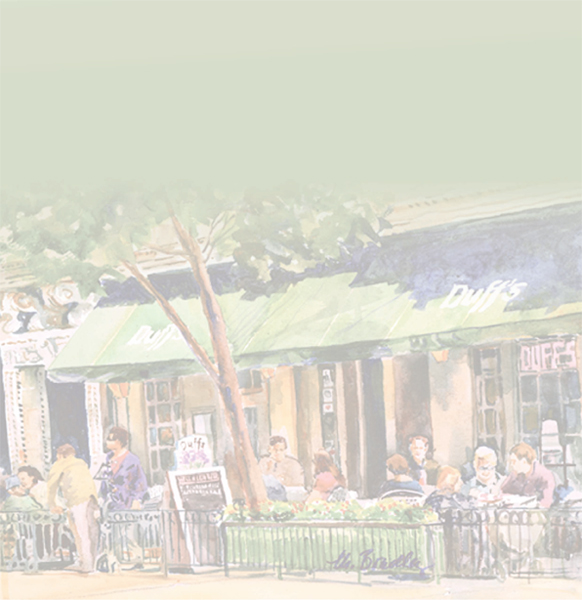CHAPTER 15
Labor Markets, Unions, and the Distribution of Income
CHAPTER OBJECTIVES
To understand the behavior of the demand for labor.
To explain, using a basic supply and demand model, how wages are determined.
To introduce some real-world considerations that modify the basic labor supply and demand model.
To describe the types and structure of unions, collective bargaining, and major legislation affecting labor.
To examine the distribution of income in the United States and some explanations for that distribution.
To define poverty, identify the poverty population in the United States, and discuss some government programs for alleviating poverty.

When we think about markets, we frequently think only of the markets in which goods and services are bought and sold: the discount malls we visit, our grocery stores, and the local shops that provide haircuts. But in a market economy, factors of production, like labor and capital equipment, are also bought and sold in markets. There are markets for nurses, book editors, high school math teachers, plumbers, architects, CEOs, and unskilled labor. As in product markets, substitutability and geography play an important role in defining factor markets. For example, an electrician in Denver will likely not compete with one in Houston for a job, but when a large corporation searches for a CEO, it will likely do an international search and ...
Get Economics: Theory and Practice, 10th Edition now with the O’Reilly learning platform.
O’Reilly members experience books, live events, courses curated by job role, and more from O’Reilly and nearly 200 top publishers.

